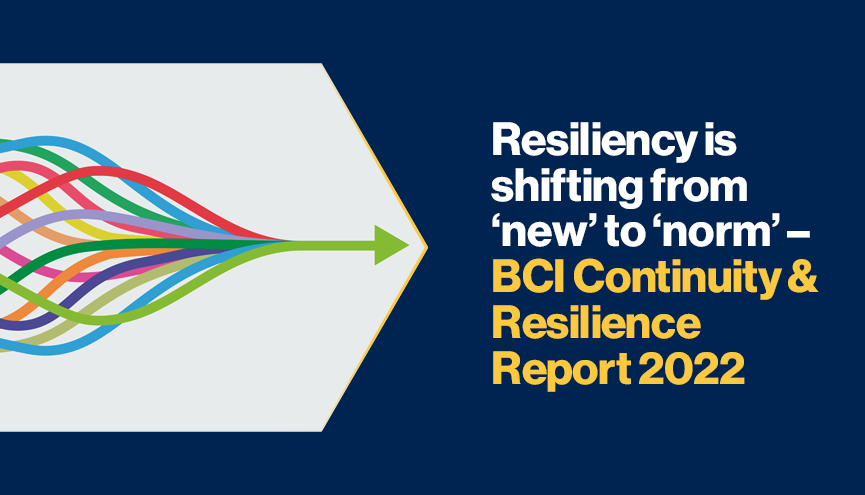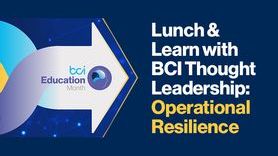Resiliency is shifting from ‘new’ to ‘norm’ – BCI Continuity & Resilience Report 2022

The latest BCI Continuity & Resilience Report 2022 found that most organizations are seeing resiliency processes become the norm. Silos are dissolving, reporting lines to the C-suite are being reduced and Business Continuity (BC) managers/Resilience managers are increasingly becoming a strategic part of organizational structures.
The report found that, for some organizations, Resilience was no longer just an ‘operational concern’, but was in some circumstances progressively becoming part of the external relationship between customers, suppliers and stakeholders – effectively making Resilience a commercial advantage.
COVID has drastically changed the way organizations approach BC and Resilience, with this trend seen throughout 2021 and 2022. COVID caused a sharp reconsideration of the role of the BC professional because of its implications within every aspect of an organization. This has pushed companies to start the process of fully embedding BC within their business strategy, rather than just at an operational level.
In some organizations, this process has also generated a more collaborative style of working between departments. In an interview as part of the report, an interviewee admitted that “departments were starting to work closer together and were becoming better at sharing ideas – and problems – which could be worked through together.”
Although the role of the BC/Resilience manager is now seen as more ‘strategic’, the events of 2022 disrupting the energy sector for Western countries have pushed a slight reverse on the above trend – with rising popularity for the term ‘Operational Resilience’.
To find out more about the role of Continuity & Resilience professionals within organizations, please download the full report.










































